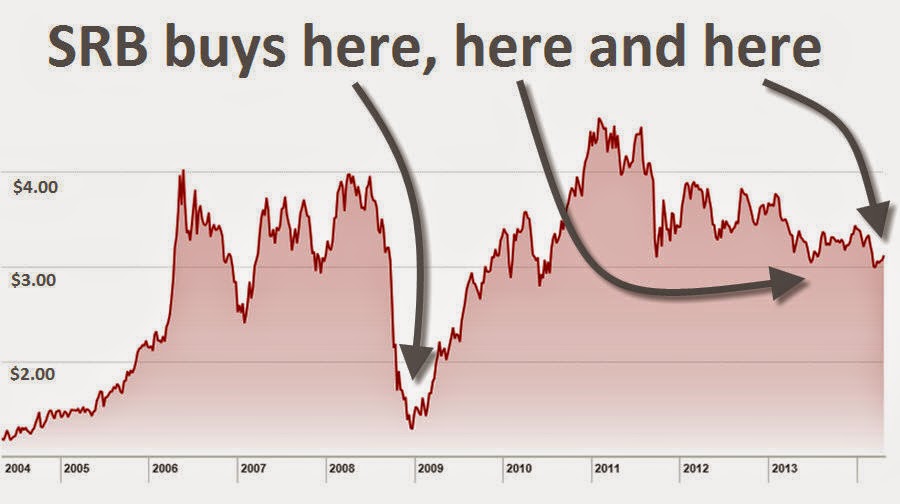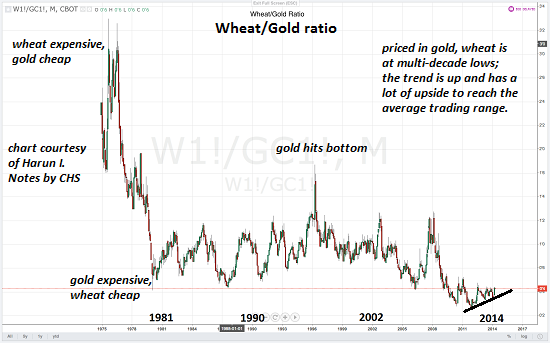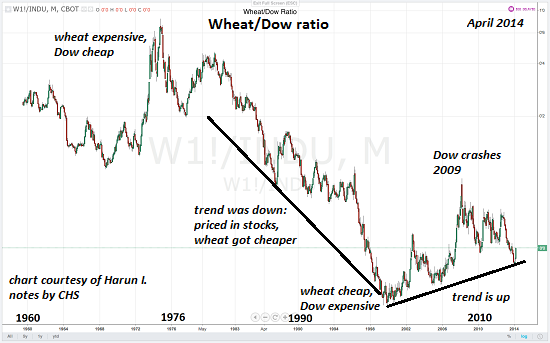
Concerns about potential escalation in the situation between Ukraine and Russia, plus a move back above certain technical chart levels, should support gold prices next week, a majority of participants said in the weekly Kitco News Gold Survey.
Out of 33 participants, 19 responded this week. Twelve see prices up, while four see prices down and three see prices sideways or unchanged. Market participants include bullion dealers, investment banks, futures traders and technical chart analysts.
A few see prices range-bound. “(It’s a) tough call this week. A strong argument could be made for all three directions. If I had to pick one, it would be sideways,” said Darin Newsom, senior analyst, DTN. “The June contract has posted a strong rally off its test of technical support at $1,265.20, and is poised for a higher weekly close. All this despite weekly Stochastics that remain bearish. This could easily set the stage for a continued rally next week back to resistance between $1,321.30 and $1,334.80. However, for arguments sake, I’ll say that the contract calms down next week and consolidates within this week’s range, so far, of $1,303.50 to $1,268.40.”









